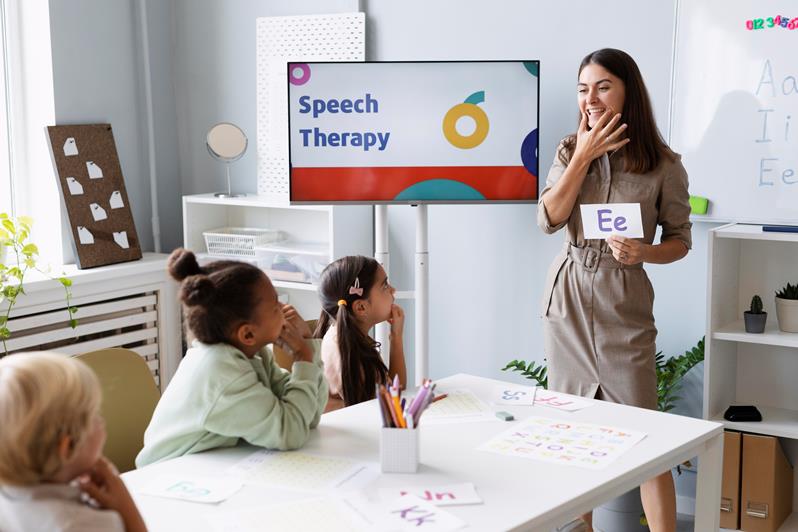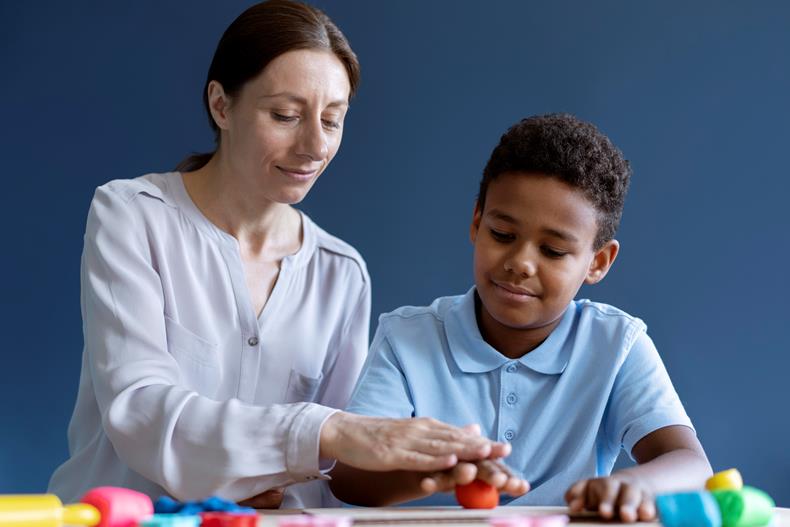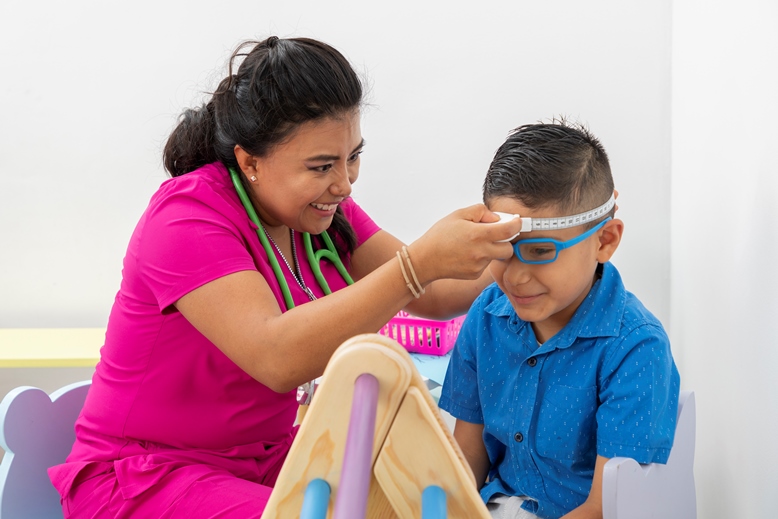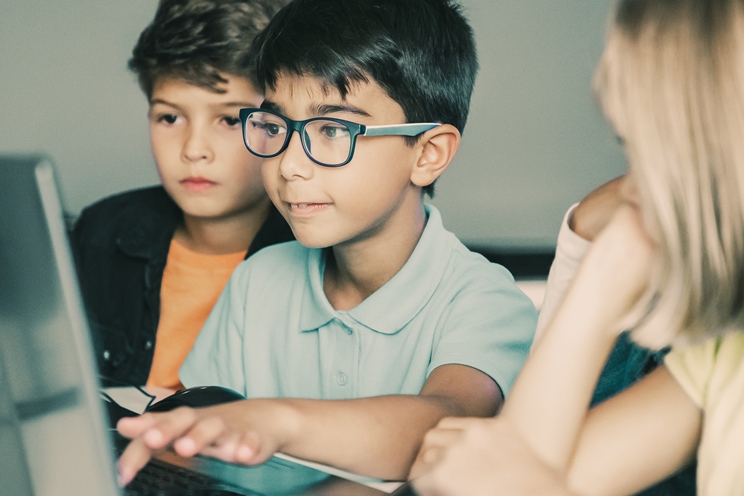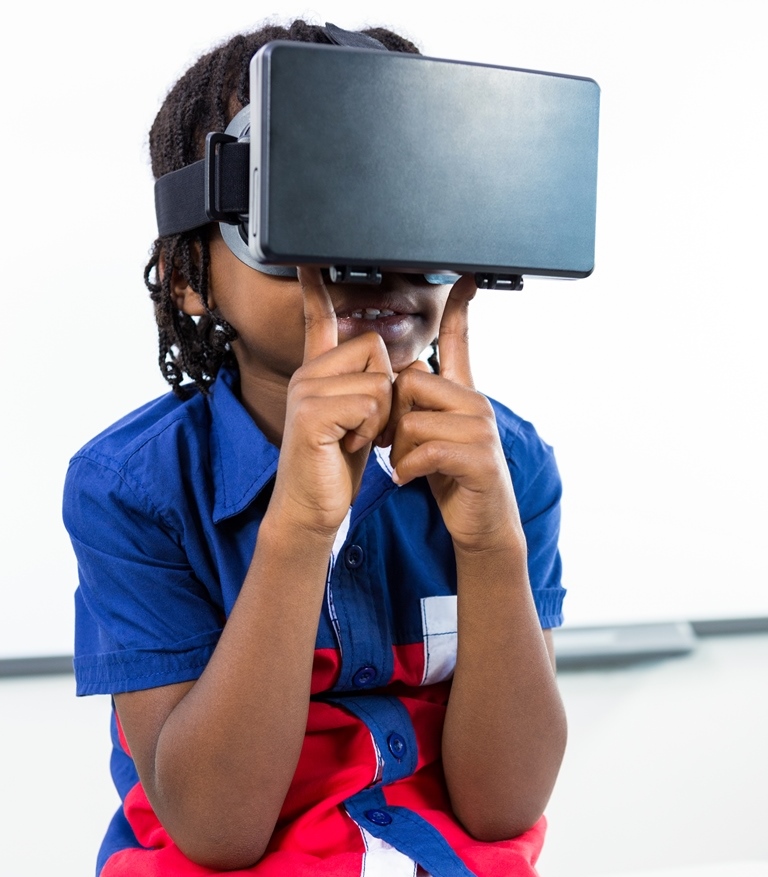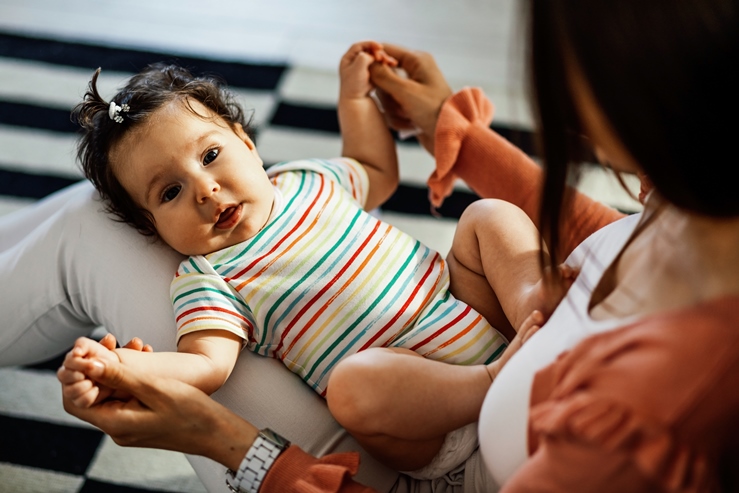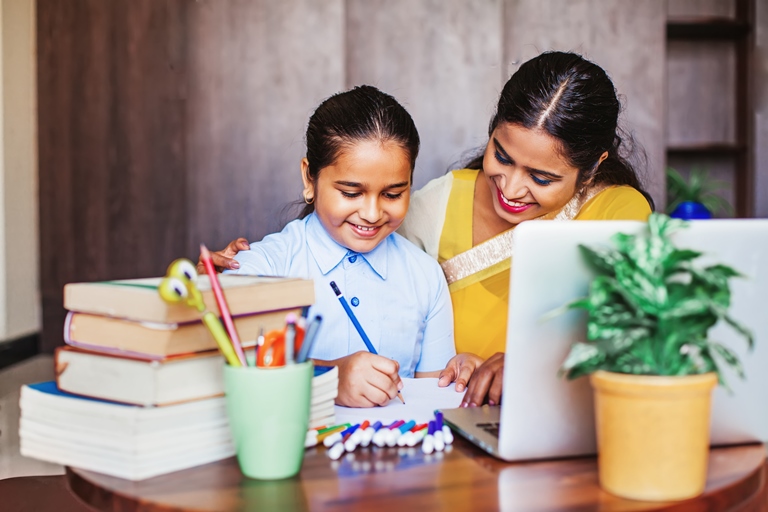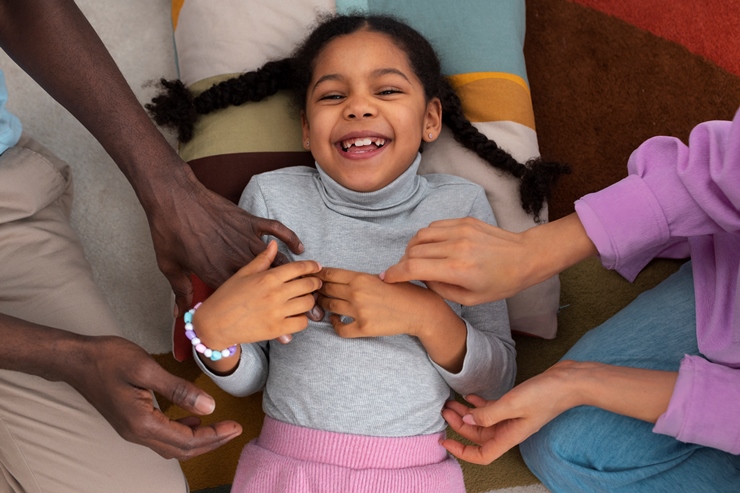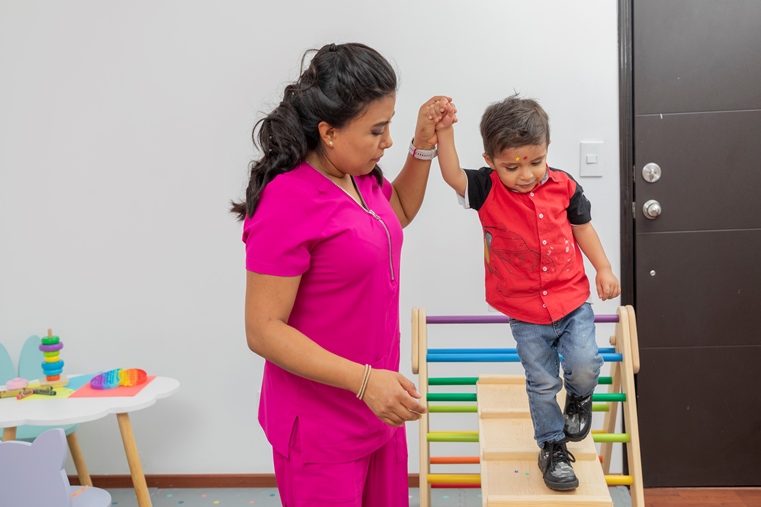Speech therapy is an intervention service that focuses on improving a child’s speech and abilities to understand and express language, including nonverbal language. Speech therapists, or more appropriately termed a speech-language pathologist (SLP), are professionals educated in the study of human communication, its development, and its disorders. They are professionals who provide these services. Speech and language pathologists not only assess and treat for articulation, language and cognitive difficulties, but some also focus on swallowing and feeding.
Speech therapy includes two components:
- coordinating the mouth to produce sounds to form words and sentences (to address articulation, fluency, and voice volume regulation)
- understanding and expressing language (to address the use of language through written, pictorial, body, and sign forms, and the use of language through alternative communication systems such as social media, computers, and iPads).

